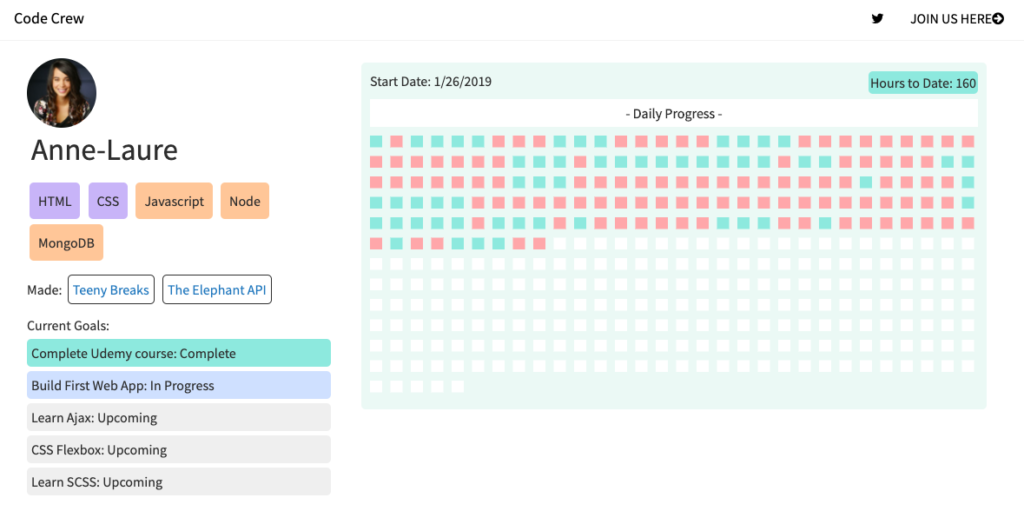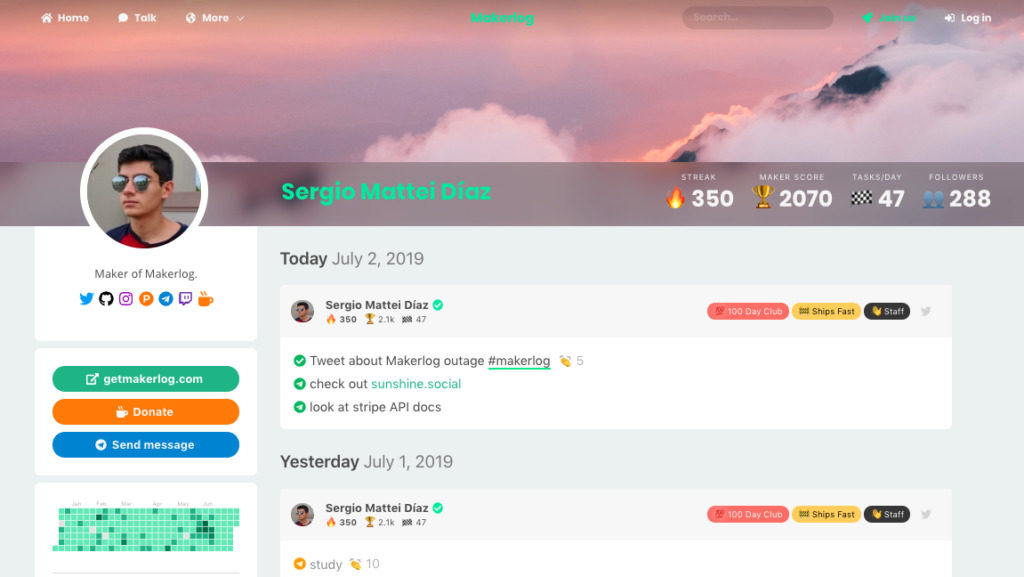There are only two months left in 2019. Many makers are starting to reflect on their progress so far, step back, and plan for the rest of the year. The most common way is to reflect is to compare their achievements to the goals they set for themselves at the beginning of the year.
The problem is that very often, we are too ambitious when setting our goals in January. This is why most people fail to achieve their New Year resolutions. According to U.S. News & World Report, most lose their resolve by mid-February, and the failure rate for New Year’s resolutions is about 80%. Worse, research conducted by the University of Scranton shows that just 8% of people achieve their New Year’s goals.
Is it because these people that manage to achieve their goals are intrinsically better? More motivated? Of course not. It’s because their goals are actionable.
Outputs you can control
Many makers will fall into the trap of giving themselves a goal of reaching $X MRR by a specific date, or onboarding a certain number of new customers in a given month. These, in my opinion, are bad goals, as they depend on many external factors out of the person’s control.
In the case of onboarding customers, a better goal would be to call a specific number of new prospects every day, or to conduct a certain number of interviews. These are goals that depend only on one thing: one’s daily motivation to repeat a simple task. They are also easier to achieve because they deliver immediate gratification: it’s a great feeling to go to bed knowing that you have achieved your goals, whereas musing about the possibility of achieving a big goal can be anxiety-inducing.
Goals set far in the future do not provide the daily rush of excitement necessary to keep one’s habits on the long term. There are also usually so many ways to achieve them that people end up changing strategies over and over again without ever racking the benefits of doing one thing well and repeatedly.
Actionable goals are for all areas of your life
Last year, I gained 10 kilos, and a few months ago, I decided that it was time to start taking care of my physical health again. Not that gaining weight is a bad thing in itself, but I felt very uncomfortable in my own body. When I decided to work on this, I could have set a goal of losing X kilos in three months. But this goal would not have been actionable.
Instead, I decided to set several smaller, actionable goals without a specific target: keep my calories and carbohydrates roughly under a certain number, go at least three times a week to the gym when I was not travelling, and drink at least 2 litres of water per day. Then, it’s all about trusting the process.
Surely enough, I lost 5 kilos in four months, in a slow and sustainable way. And I have no reason to stop applying these healthy habits as I don’t have a specific, “big” end goal in mind.
This can work for your health, in business, and for every area of your life, including learning. For example, when I decided to learn how to code, I didn’t go either for one big shiny goal. I just decided to code at least three times a week, however long the session was. I didn’t manage to stick to it all the time, but I didn’t beat myself, as it was easy to get back into it. I just needed to open my laptop and my code editor. Small, actionable, repeatable goals don’t feel as daunting.
Actionable goals are easy to track
Another advantage of setting actionable goals is also that they are easier to track. Have you done the thing or not? Have you coded today? Have you called three potential customers? Have you published your weekly blog post?
I’m a big fan of this “yes or no” type of approach which makes your daily progress easier to track—this is what I use in mindframing. Many websites and apps have picked up on this and are using this approach in their design to help users stay accountable. The most famous one is probably Github, with their contribution graph.

Steph Smith has implemented a similar design for Progression Page, a website that allows people to track their daily progress in learning to code.

Same thing for Makerlog, created by Sergio Mattei, that lets people track their daily tasks when working on their projects.

All of these have in common the way they encourage users to achieve small, actionable goals, repeatedly, instead of setting one big, distant end goal.
So, if you haven’t done so already, set some actionable goals for yourself for the second half of the year. You will probably end up more motivated, more productive, and happier as a result.
